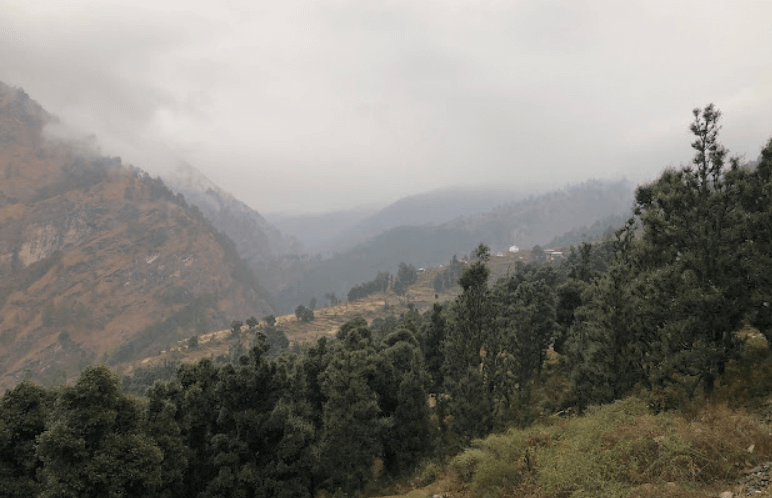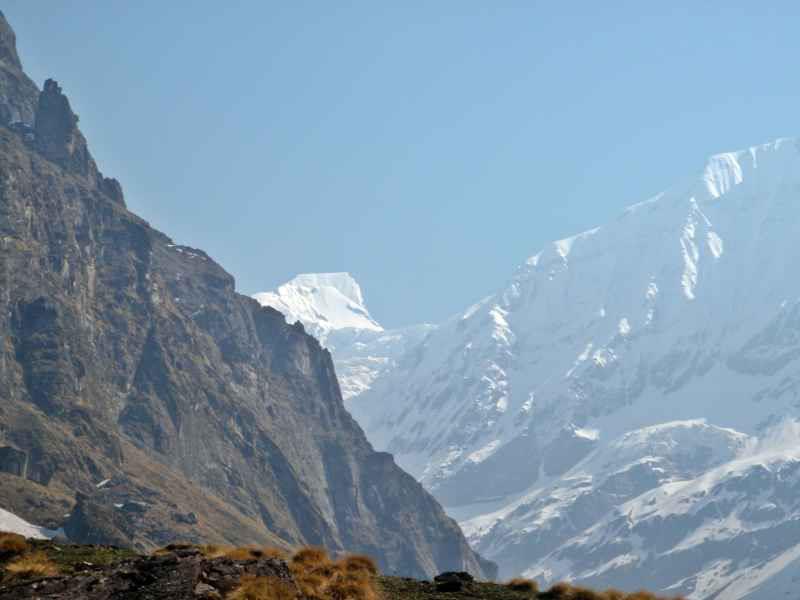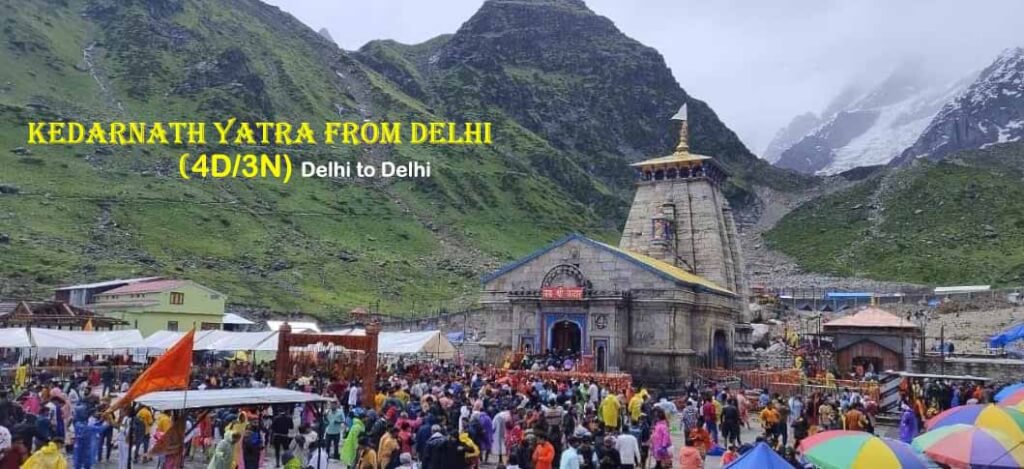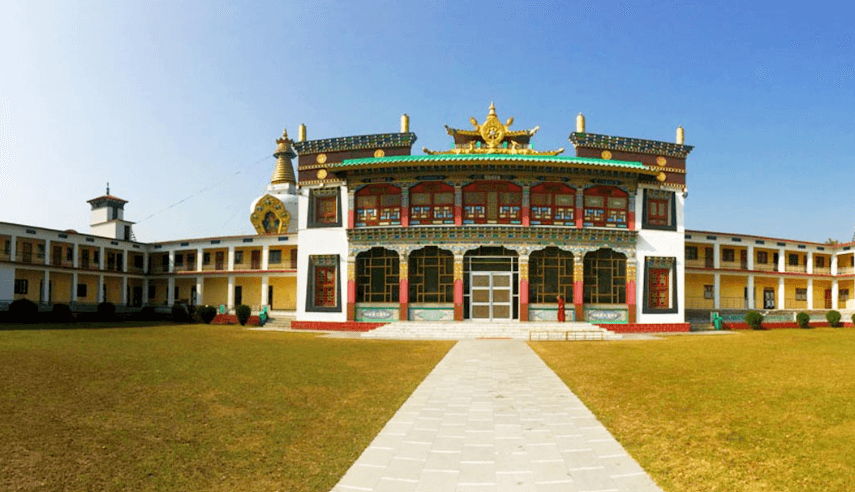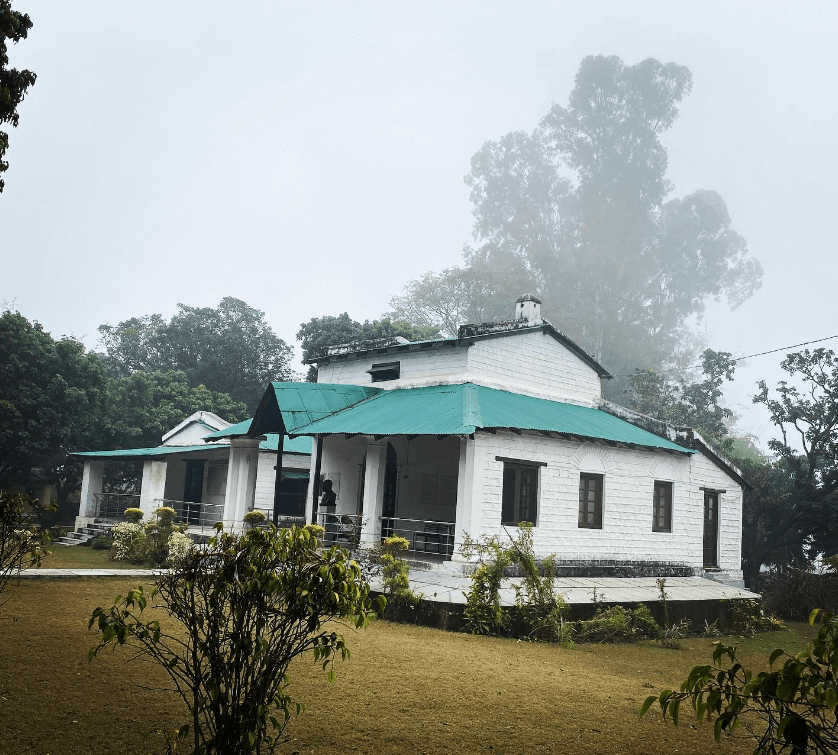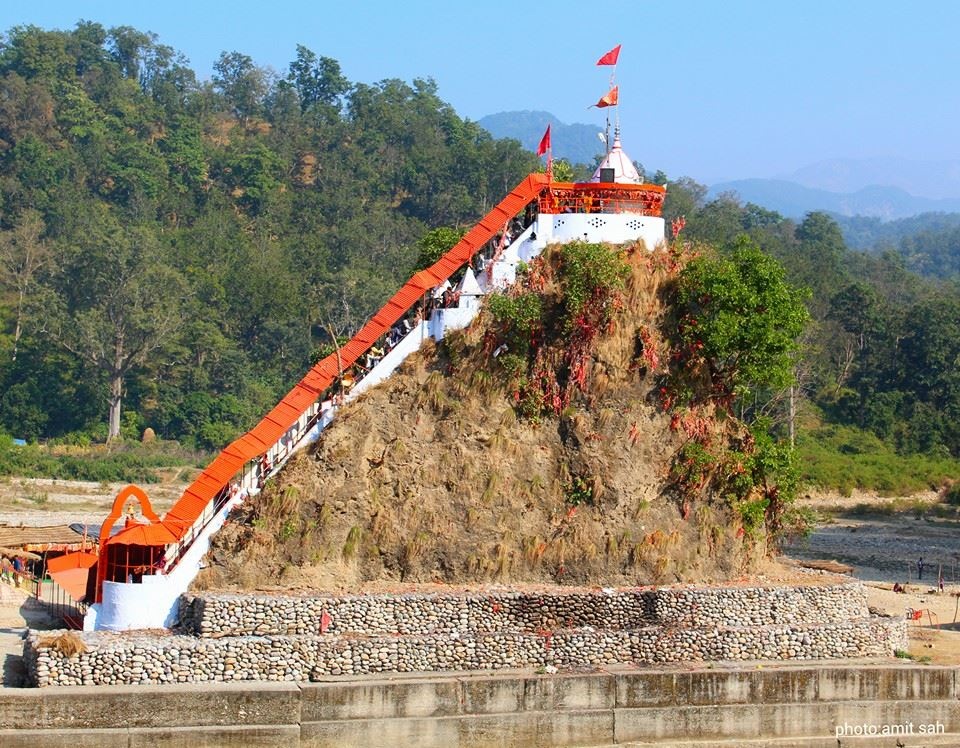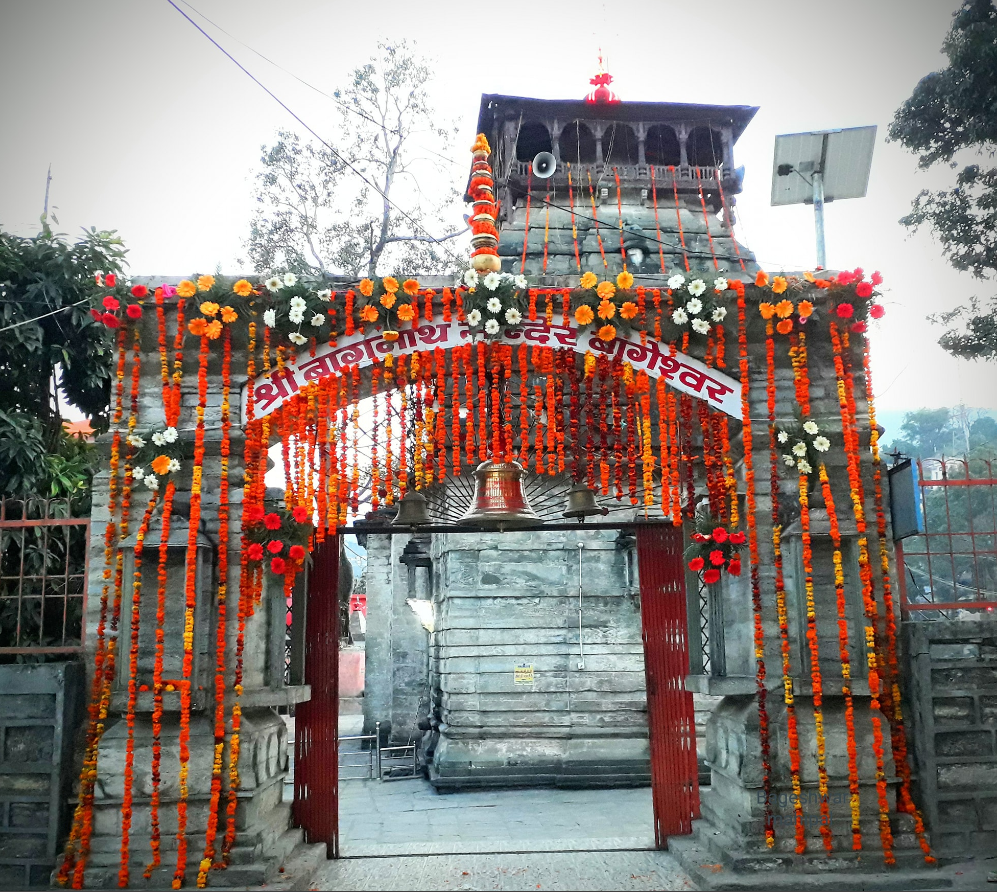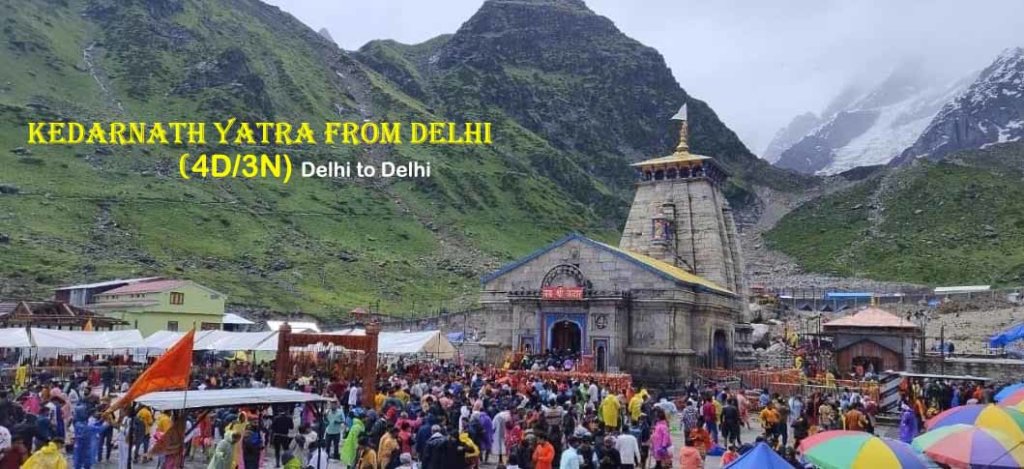The Kafni Glacier is located in the Kumaon Himalayas in the state of Uttarakhand, India. It is one of the major glaciers in the region and a significant source of the Kafni River, a tributary of the Pindar River. The glacier is situated in the upper reaches of the Kumaon Himalayas, near the Nanda Devi National Park.
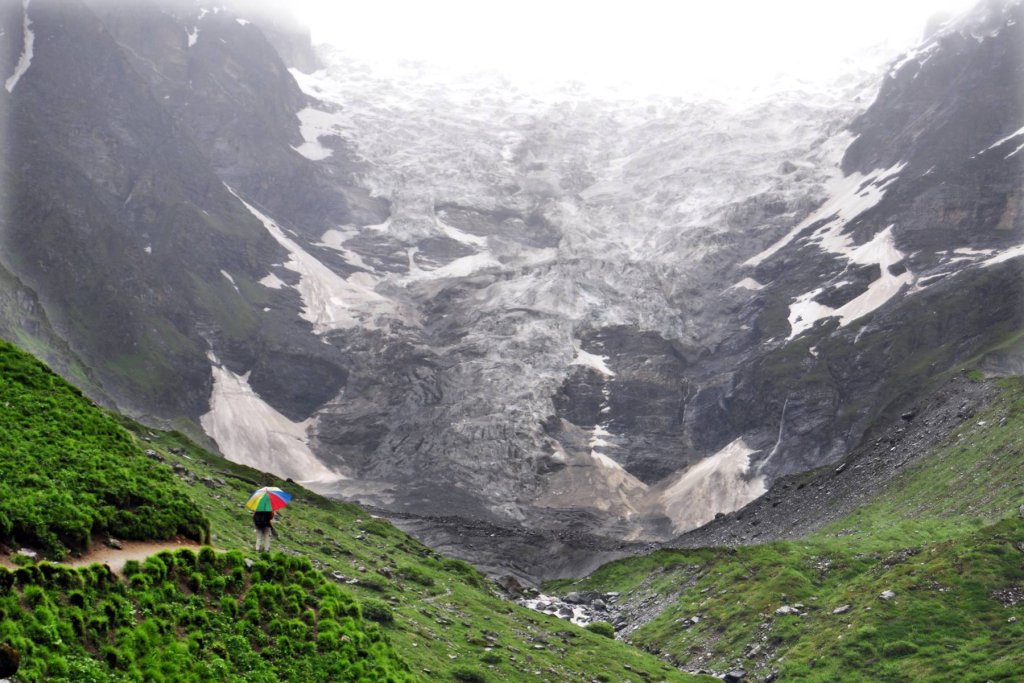
Trekking to the Kafni Glacier is a popular activity for adventure enthusiasts and nature lovers. The trek offers stunning views of snow-capped peaks, lush green valleys, and pristine alpine meadows. The route to the glacier passes through picturesque villages, dense forests, and high-altitude landscapes, providing an unforgettable experience for trekkers.
The Kafni Glacier trek usually starts from the village of Loharkhet and takes around 5-7 days to complete round trip, depending on the pace and route taken. Trekkers usually camp at various scenic spots along the way, soaking in the beauty of the Himalayan landscape.
Glacier In Uttarakhand
How To Reach Sankri
Sankri is a picturesque village located in the Uttarkashi district of the Indian state of Uttarakhand. It serves as a…
Kafni Glacier
The Kafni Glacier is located in the Kumaon Himalayas in the state of Uttarakhand, India. It is one of the…
Kedarnath Yatra from Delhi (04D/3N)
Yatra Overview Region :- Garhwal (Uttarakhand)Duration :- 04 Days / 3 NightMax Altitude :- 3583 m.Approx Trekking :- 16 Km (Per Side)Reporting…
How To Reach Mindrolling Monastery
To reach Mindrolling Monastery, located in Dehradun, Uttarakhand, here’s how you can get there: By Air Nearest Airport: Jolly Grant Airport (Dehradun…
How To Reach Corbett Museum
Reaching Corbett Museum in Kaladhungi, Uttarakhand, is quite straightforward. Here’s how you can get there: By Road From Ramnagar: Distance: Approximately 30 km…
How To Reach Garjiya Temple
Garjiya Temple, located near Ramnagar in Uttarakhand, India, is a popular pilgrimage site dedicated to Goddess Garjiya. Here are the…
How To Reach Baghnath Temple
Baghnath Temple, located in the picturesque town of Bageshwar in Uttarakhand, India, is accessible by various means: By Road From Bageshwar Town:…

